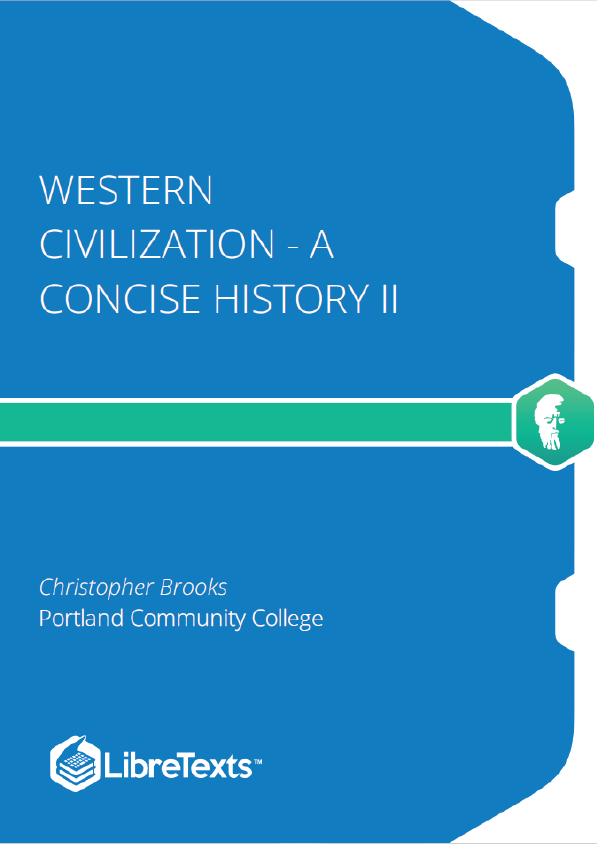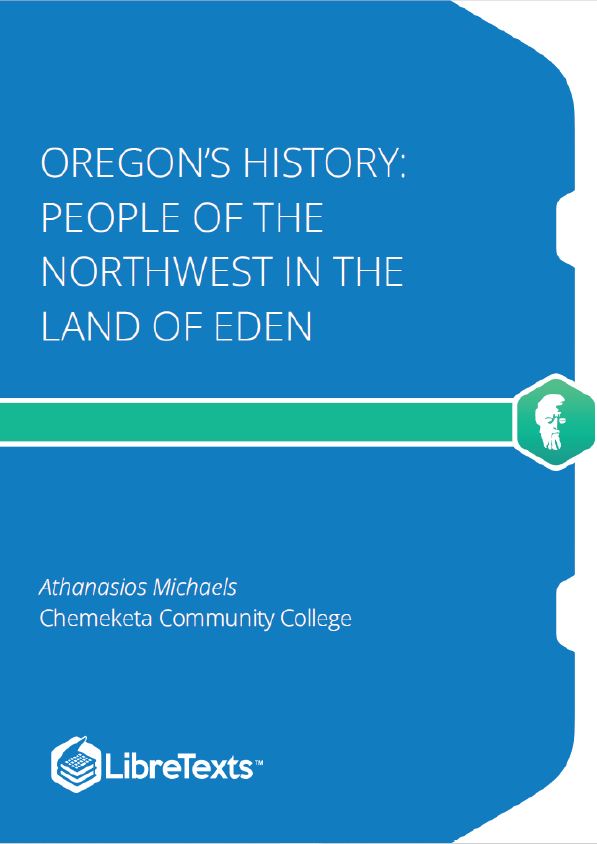As we have seen earlier, urban life in the Americas began millennia before European colonialism. Native Americans built cities such as Tiwanaku on the shore of Lake Titicaca. Begun around 1,500 BCE, Tiwanaku is older than Beijing or Rome. The city’s giant stone walls were begun at about the same time as the Mycenaean fortress on the Athenian Acropolis, a thousand years after the building of the Egyptian pyramids and a thousand years before classical Greek structures like the Parthenon. At the peaks of their cultures, some ancient American cities were the leading centers of world population. Tenochtitlán, which became Mexico City after the fall of the Aztec Triple Alliance, had a population of over 200,000 before European conquest. Although history and popular imagination often focuses more on the unusual customs of these cultures, we should remember that early Americans were extremely successful providing food, water, sanitation, and other services to their large urban populations. The Aztecs’ intensive urban agriculture, for example, was four times more productive than the best farming techniques used by Europeans and Asians at the same time.
Unfortunately, due to the Columbian Exchange and the near-complete collapse of native cultures that followed it, Europeans were able to learn few if any lessons from the urban Indians they conquered. Native cities were rebuilt along European lines, and new cities sprang up based on urban planning ideas familiar from the home countries of the colonists. American cities, as a result, followed in the traditions of Europe, and only slowly adapted to the environments they in which they grew.
Urbanizing America
When the United States took its first national census in 1790, fewer than one in twenty of the new nation’s 4 million people lived in cities and large towns. New York was America’s largest city, with only about 33,000 people. But as we have seen, urban America grew quickly. In 1850 there were ten American cities with populations over 50,000. And by 1890, over a hundred American cities were larger than New York had been a century earlier. Cities continued to expand in the twentieth century, becoming homes to more than half the American population for the first time in the 1920 census. After World War II, suburbs expanded and most American cities became the centers of urban-suburban sprawls. By the beginning of the twenty-first century, only about two out of ten Americans lived in rural areas.
As populations expanded, the nation needed more food. And as a growing percentage of Americans living in cities no longer grew their own food, commercial agriculture and robust transportation networks were needed to keep the new city-dwellers fed. In this chapter, we consider other factors necessary for urban growth. Water has often been overlooked, because for most of our history it has been abundant and inexpensive. But it was a vital resource that was indispensable for growing cities. In addition to reliable sources of food, America’s cities required plentiful, year-round supplies of drinking water. Many inland cities such as Detroit, Chicago, Cincinnati, and Pittsburgh were built on the shores of rivers or lakes. Coastal cities like Boston and New York, however, were often surrounded by seawater or by brackish salt-flats. They relied on shallow surface wells that quickly became inadequate for growing populations, and the wells were frequently fouled by that population’s waste. Just as vast quantities of food had to be delivered to growing city populations, equally prodigious volumes of waste needed to be removed. In addition to providing
drinking water for residents, as American cities grew, water systems came to play a crucial role in waste disposal.











